Essential Tools for a Woodworker: A Comprehensive Guide
Introduction
Are you ready to embark on your woodworking journey? Before you dive in, it’s crucial to equip yourself with the right tools for the job. In this guide, we’ll explore a wide array of essential tools for a woodworker that will help you unleash your creativity and achieve professional-quality results.
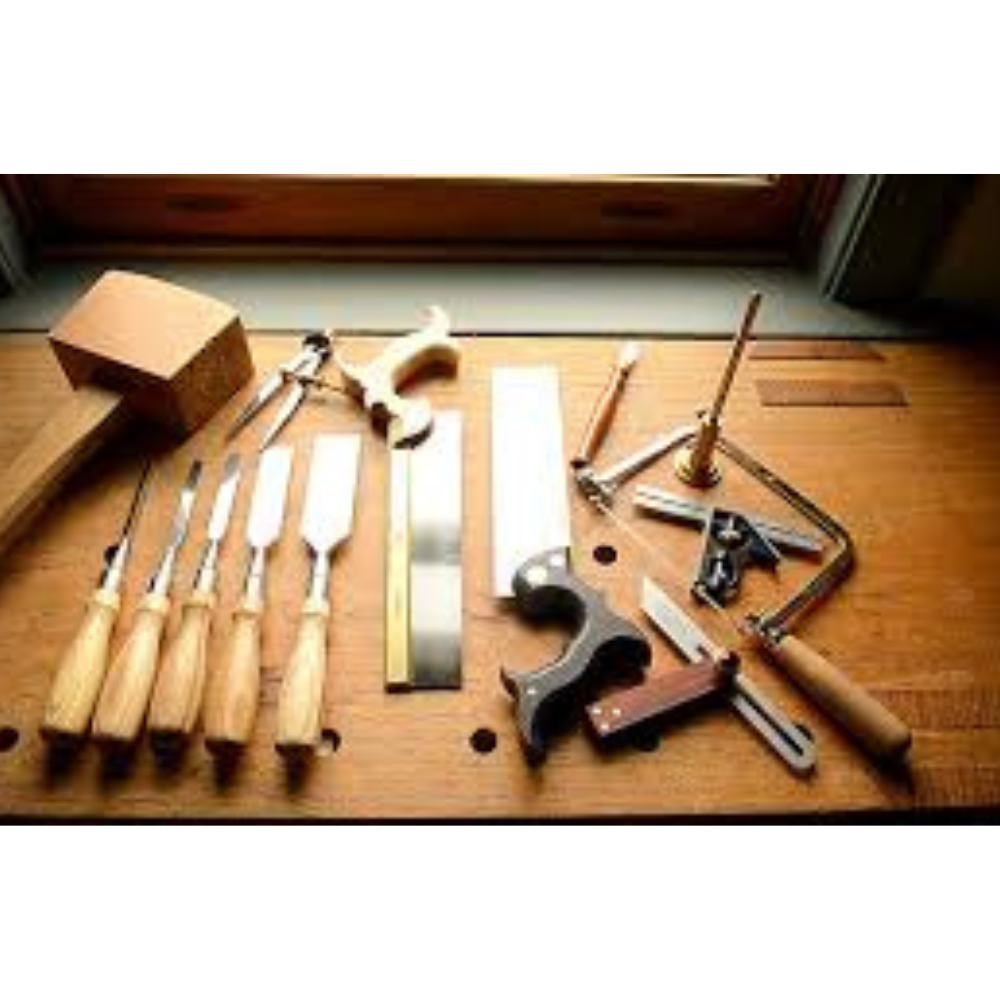
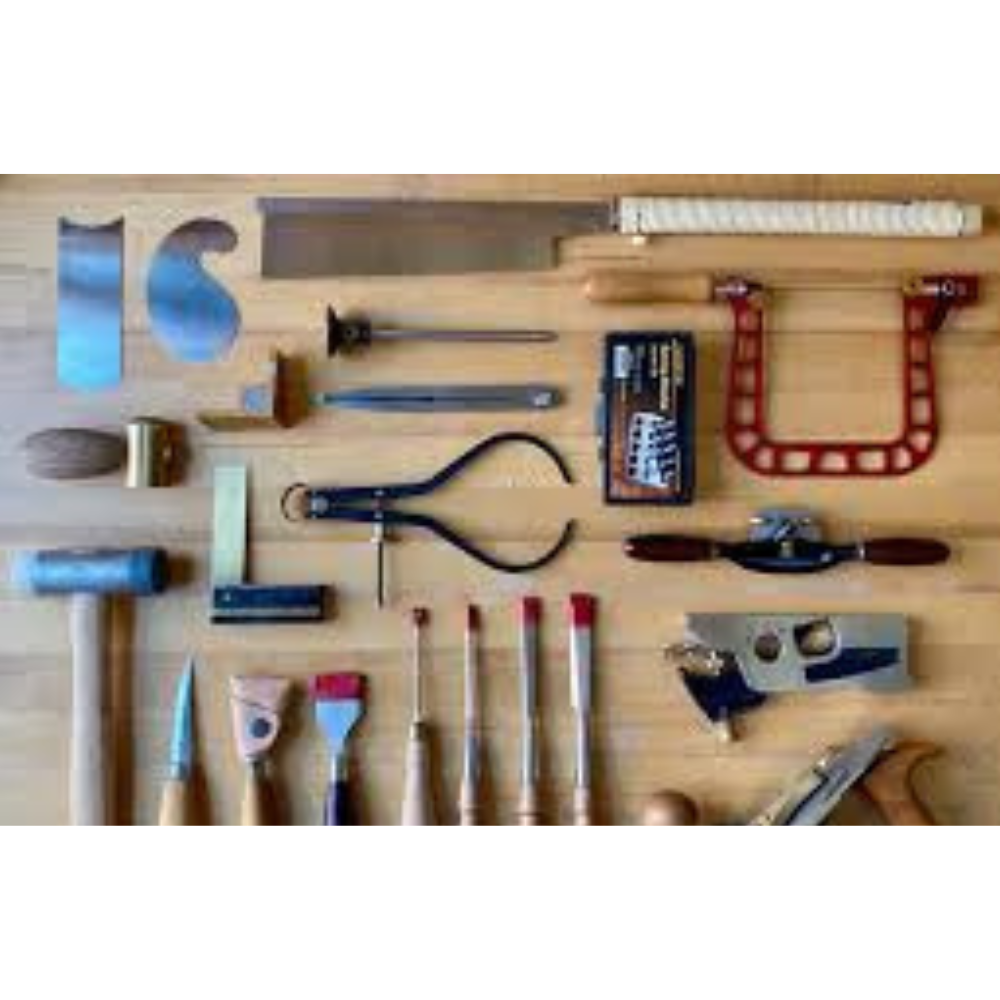
For your “Free” Guide to 13 Wood Joinery Types – Click Here.
Understanding the Basics: Must-Have Tools for Every Woodworker
To kick things off, let’s take a look at the essential tools that every woodworker needs in their arsenal. From saws and chisels to measuring tools and clamps, these essential tools for a woodworker are the building blocks of any successful woodworking project.
A good-quality handsaw is indispensable for making straight cuts, while a combination square and tape measure are essential for accurate measurements. Chisels come in handy for carving and shaping wood, while clamps are essential for holding pieces together during assembly.
Choosing the Right Tools for a Woodworker: Enhancing Efficiency and Precision
Power tools can be a game-changer for woodworkers, allowing you to tackle projects with speed and precision. In this section, we’ll explore a variety of power tools, including drills, routers, and sanders, and discuss how they can elevate your woodworking game.
A cordless drill is a versatile tool that can be used for drilling holes, driving screws, and even sanding with the right attachments. A router is indispensable for creating decorative edges and intricate joinery, while a random orbit sander is essential for achieving smooth, professional-quality finishes.
Investing in Quality Tools for a Woodworker: Precision Craftsmanship at Your Fingertips
While power tools offer speed and efficiency, hand tools provide a level of precision and control that is unmatched. From hand planes and chisels to carving tools and rasps, these essential tools for a woodworker are essential for fine-tuning your creations and adding intricate details.
A block plane is a versatile tool that can be used for smoothing surfaces, trimming end grain, and chamfering edges. Meanwhile, a set of carving gouges and chisels allows you to add decorative details and textures to your projects with ease.
Creating a Safe and Functional Workspace: Organizing Your Tools for Optimal Efficiency
A well-organized workspace is essential for any woodworker. In this section, we’ll discuss how to set up your workshop for maximum efficiency, including storage solutions for your tools, safety measures, and ergonomic considerations.
Investing in a sturdy workbench with plenty of storage space is a great first step towards creating a functional workspace. Installing adequate lighting and ventilation will help you work safely and comfortably, while proper dust collection equipment will keep your workshop clean and healthy.
Exploring Specialty Tools for a Woodworker: Elevating Your Craft with Specialized Equipment
As you advance in your woodworking journey, you may find yourself drawn to specialized tools that cater to specific tasks or techniques. Whether it’s a dovetail jig for precise joinery or a lathe for turning wooden bowls, these specialty tools for a woodworker can take your craftsmanship to the next level.
A biscuit joiner is a handy tool for creating strong, invisible joints in wood, while a scroll saw is ideal for intricate fretwork and decorative designs. Meanwhile, a wood lathe opens up a whole new world of possibilities for turning bowls, pens, and other cylindrical objects.
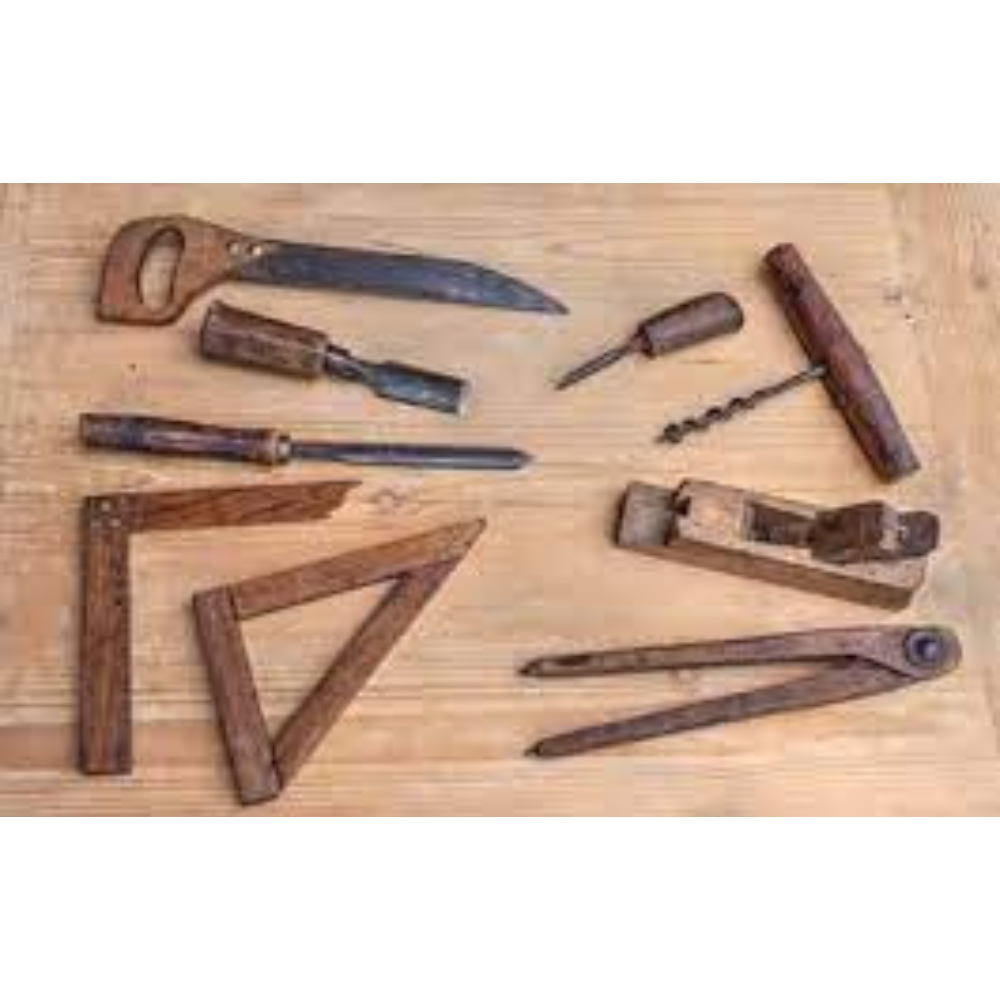
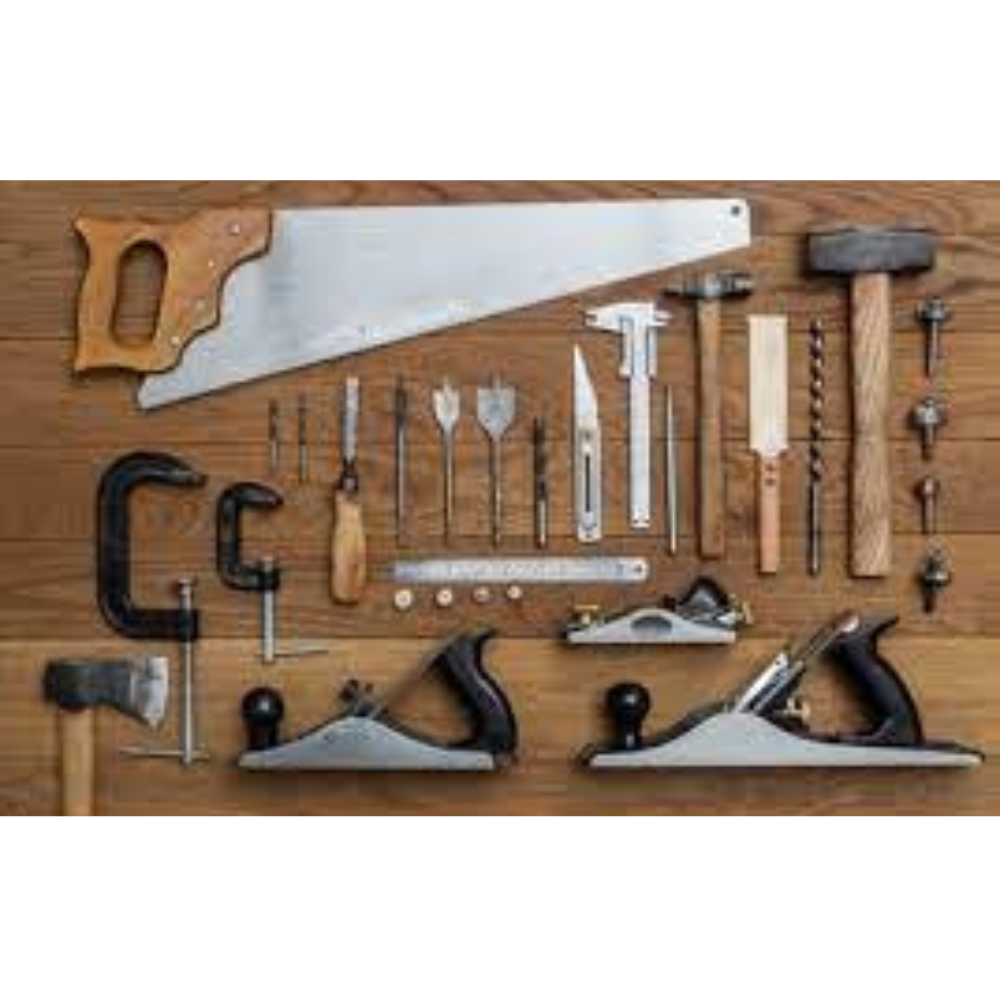
Embracing Innovation: Incorporating Modern Technologies into Your Workflow
In recent years, technology has revolutionized the world of woodworking, introducing new tools and techniques that were once unimaginable. From CNC routers and laser engravers to 3D printers for creating custom jigs and fixtures, the possibilities are endless.
CNC routers allow you to automate the process of cutting and carving wood with precision and repeatability, while laser engravers can add intricate details and personalization to your projects. Meanwhile, 3D printers enable you to create custom tools, templates, and prototypes with ease.
Choosing the Right Materials: Selecting Wood and Other Supplies for Your Projects
In addition to tools, the choice of materials is crucial for the success of your woodworking projects. In this section, we’ll discuss the different types of wood available, as well as other supplies such as adhesives, finishes, and hardware.
When selecting wood for your projects, consider factors such as the wood’s species, grain pattern, hardness, and suitability for the intended use of the project. Different woods have different characteristics and working properties, so it’s important to choose the right wood for the job.
For your “Free” Workspace Plans – Click Here.
Mastering Essential Techniques with Tools for a Woodworker: Honing Your Skills
No amount of tools can compensate for lackluster craftsmanship. In this section, we’ll delve into the essential techniques every woodworker should master, from basic joinery and carving to advanced methods like marquetry and veneering.
Practice makes perfect when it comes to woodworking, so don’t be afraid to experiment and try new techniques. Start with simple projects and gradually work your way up to more complex ones as you gain confidence and proficiency.
Troubleshooting Common Challenges: Overcoming Obstacles in Your Woodworking Journey
Even the most experienced woodworkers encounter challenges from time to time. Whether it’s dealing with tear-out on your table saw or fixing a botched glue-up, we’ll provide practical solutions to common woodworking woes.
When faced with a woodworking challenge, take a step back and assess the situation calmly and rationally. Don’t be afraid to ask for help or seek advice from more experienced woodworkers – they’ve likely encountered similar challenges and can offer valuable insights and solutions.
Finding Inspiration: Tapping into Your Creativity and Imagination
At its core, woodworking is a form of creative expression. In this section, we’ll discuss how to find inspiration for your projects, whether it’s through nature, architecture, or your own imagination.
Keep a sketchbook or journal handy to jot down ideas and inspiration as they come to you. Take walks in nature, visit museums and galleries, and immerse yourself in the world around you to fuel your creativity and spark new ideas for your woodworking projects.
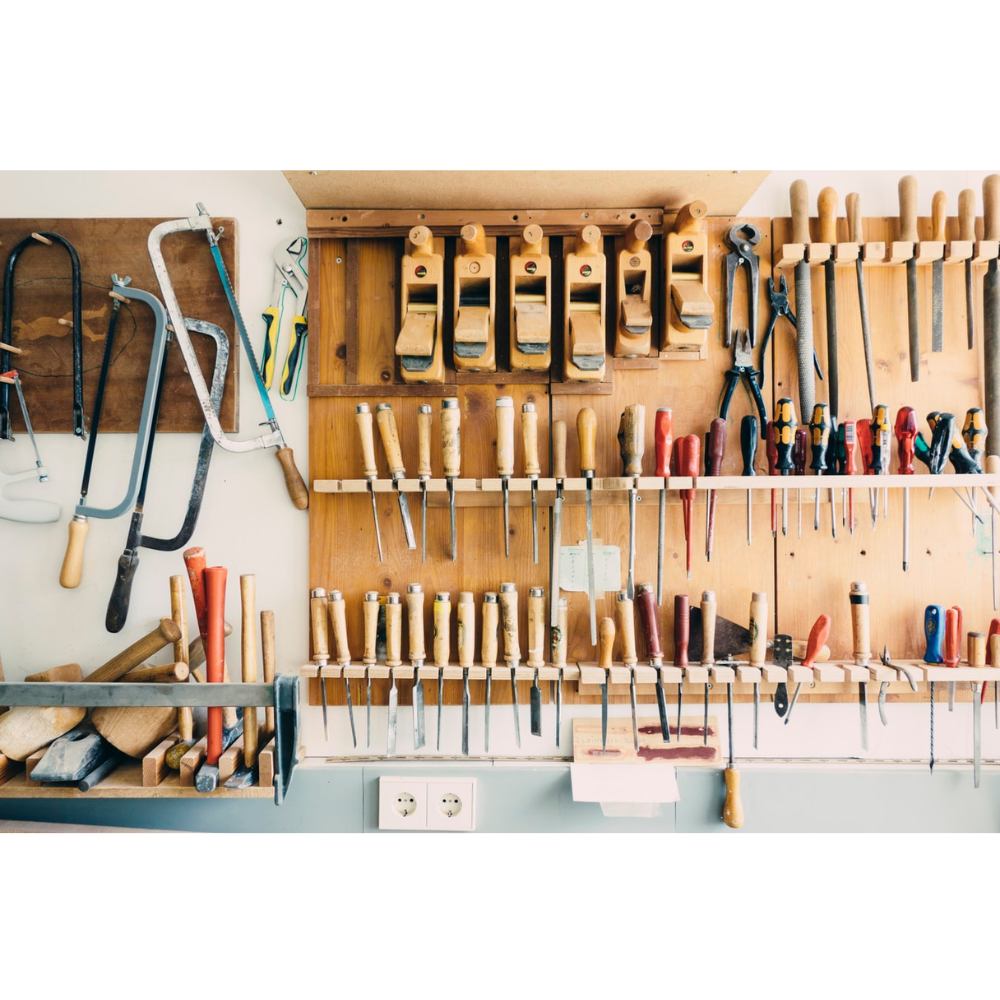
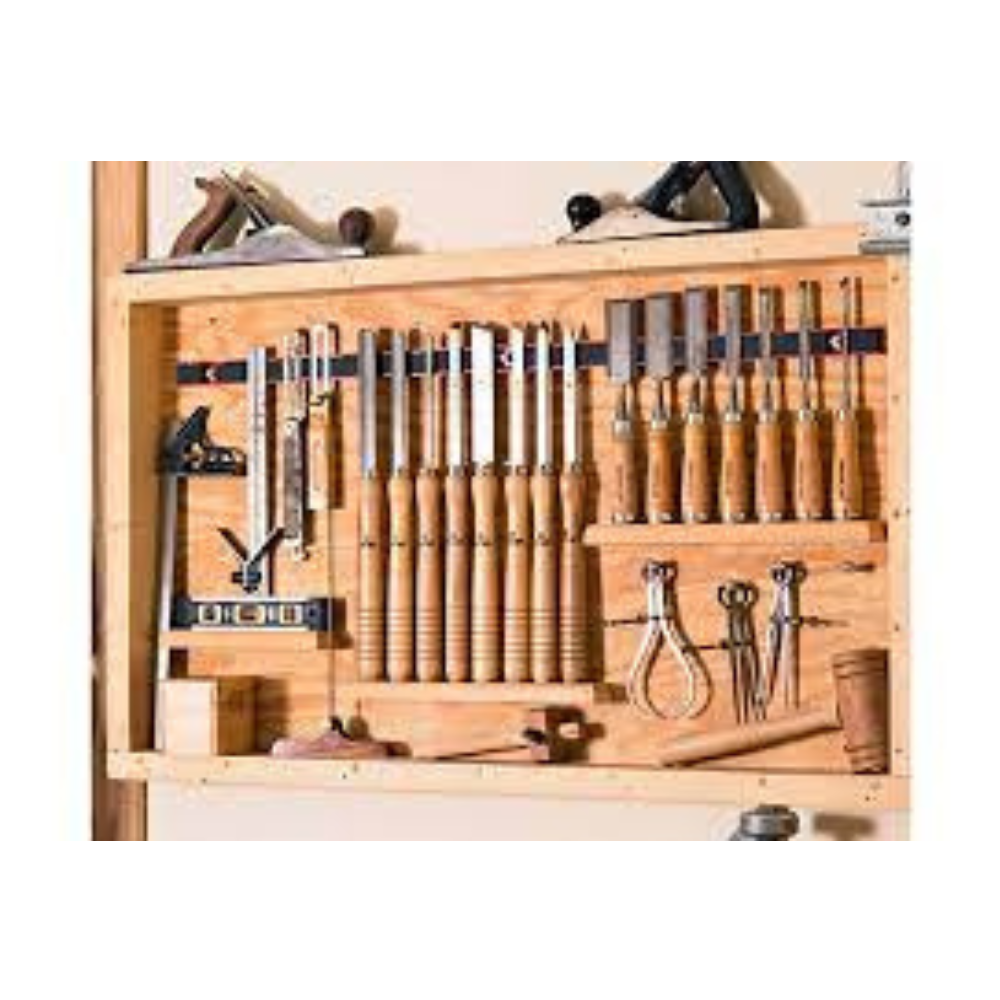
Networking and Community: Connecting with Fellow Woodworkers for Support and Inspiration
Woodworking is a journey best shared with others. Joining a woodworking club or online community can provide invaluable support, advice, and inspiration from fellow enthusiasts.
Attend woodworking classes, workshops, and events to meet like-minded individuals and learn from experienced woodworkers. Don’t be afraid to share your own knowledge and experiences with others – woodworking is a collaborative and communal pursuit, and there’s always something new to learn from each other.
Sustainability and Ethical Practices: Making Informed Choices for a Better Planet
As stewards of the environment, woodworkers have a responsibility to practice sustainable and ethical woodworking. In this section, we’ll discuss ways to source wood responsibly and minimize waste in your projects.
Choose sustainably harvested wood from certified sources whenever possible and avoid wood that has been illegally harvested or contributes to deforestation. Look for reclaimed and salvaged wood as an eco-friendly alternative and strive to minimize waste by repurposing scraps and offcuts in future projects.
Setting Goals and Tracking Progress: Measuring Your Growth as a Woodworker
Setting goals and tracking your progress is essential for growth and improvement as a woodworker. Whether it’s mastering a new technique or completing a challenging project, we’ll discuss strategies for setting and achieving your woodworking goals.
Set SMART goals that are Specific, Measurable, Achievable, Relevant, and Time-bound. Break larger goals down into smaller, manageable tasks, and track your progress regularly to stay motivated and focused. Celebrate your achievements along the way, and don’t be afraid to adjust your goals as needed based on your evolving skills and interests.
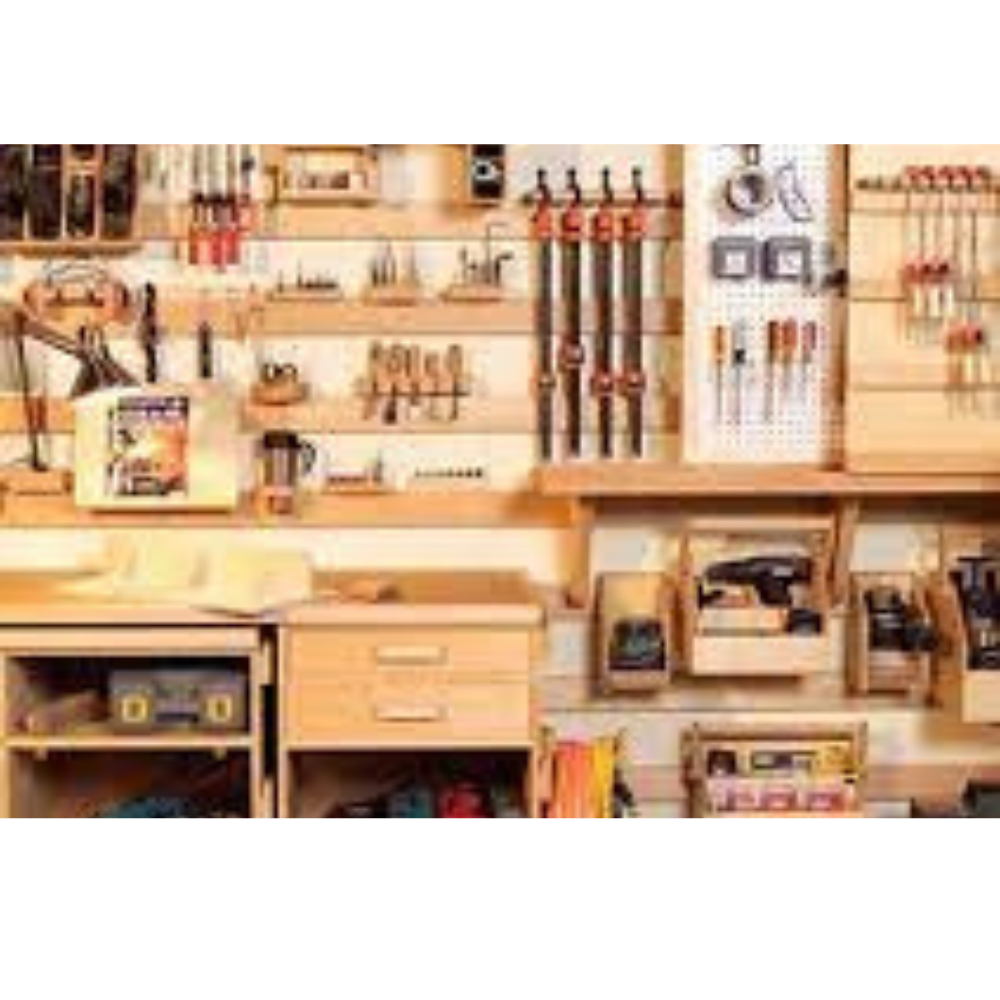
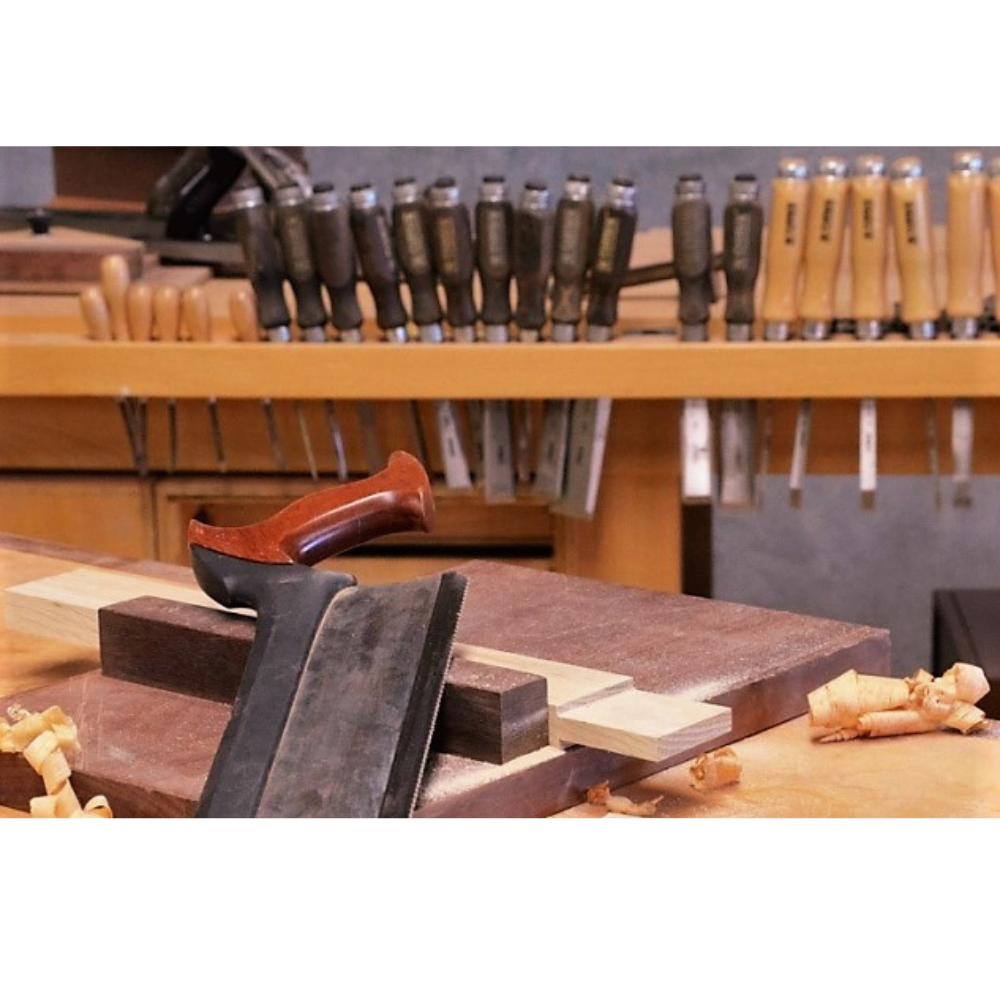
For your “Free” Outdoor Projects Plan – Click Here.
Conclusion
In conclusion, the world of woodworking is vast and diverse, offering endless opportunities for creativity, craftsmanship, and personal fulfillment. By equipping yourself with the right tools, honing your skills, and embracing innovation, you can unlock your full potential as a woodworker.
FAQs (Frequently Asked Questions)
1. What are the essential hand tools every woodworker should own?
- Essential hand tools for woodworkers include a saw, chisels, hand planes, measuring tools, and clamps.
2. How do I choose the right wood for my project?
- Consider factors such as the wood’s species, grain pattern, hardness, and suitability for the intended use of the project.
3. What safety precautions should I take when working with power tools?
- Always wear appropriate safety gear, follow manufacturer instructions, keep work areas clean and organized, and never operate power tools while fatigued or under the influence of drugs or alcohol.
4. How can I improve my woodworking skills?
- Practice regularly, seek out mentorship and resources, take classes or workshops, and challenge yourself with new techniques and projects.
5. Where can I find woodworking plans and project ideas?
- There are many online resources, books, magazines, and woodworking communities that offer a wealth of plans and project ideas for woodworkers of all skill levels.
